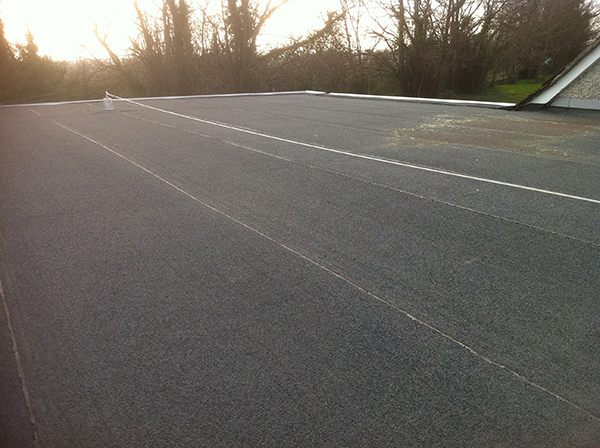The roof is much more than an intrinsic necessity of a house, it’s an indispensable architectural component in any building.
In addition of being a structural component protecting the construction against the elements, the roof structure has a big role in the overall external image of a building.
The evolution of architecture and civil engineering has put at our disposal a greater diversity of roof types for our dwelling.
The most common are sloped roofs and flat roofs
The Sloping Roof
It is undoubtedly the most common type of roofing and is being used since the early days of building construction. The slope can vary according to the rainfall volume of the region, being the highest in areas where there is snow, for example.
The Flat Roof
The flat roof was a novelty in the early twentieth century. The modern architecture popularized the use of this constructive solution, whose objective was to create terrace gardens and recover in the cover some of the lost space in the ground due to the implantation of the building.
These days it is one of the most used roofing solutions, mainly for the sake of aesthetics but there are other advantages in using this type of roof coverage. For instance, at an economic level, the flat roof is usually more advantageous than the sloped roof.
Flat Roofs present a set of particularities in terms of its functionality and associated requirements, which require a special attention in the choice of the most suitable materials and in the execution of all the details, particularly in the aspects related to water tightness and thermoacoustic comfort.
The adoption of a flat roofing solution allows, however, the architect in many situations to architecturally enhance the project, provide better comfort conditions and aesthetically enrich the construction.
This type of roof cover is classified according to access, waterproofing, thermal insulation and the resistance of the structure. Although it is a flat roof, you always must have a slight inclination to drain the rainwaters.
The main advantages of a flat roof are:
-
Greater ease of adaptation to cropped and irregular building shapes;
-
Better use of available space, providing an additional floor to the buildings that can have useful application as a support area for the housing functions or as a simple public place;
-
More security in the evacuation and protection against fires and floods.
If you appreciate modern architecture the more logical and obvious choice is to opt for a flat roof, not exclusively because of aesthetic, but also its pragmatic, economic and functional advantages.


